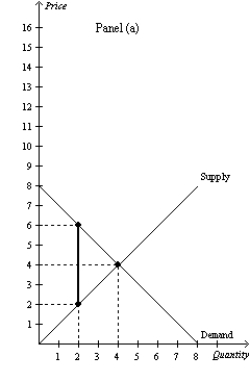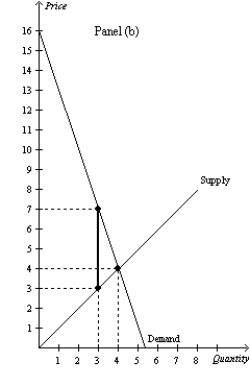Figure 8-15 

-Refer to Figure 8-15.Panel (a) and Panel (b) each illustrate a $4 tax placed on a market.In comparison to Panel (a) ,Panel (b) illustrates which of the following statements?
Definitions:
Public
Relating to or involving the people as a whole; often used to describe companies whose shares are available to be bought and sold by the general population.
Agency Costs
Expenses stemming from conflicts of interest between parties in a corporation, especially between owners and managers.
Stockholders
Individuals or entities that own shares of a company's stock, making them owners of a portion of the company.
Management
The process of dealing with or controlling things or people, often in the context of running a business, organization, or project.
Q5: Suppose that the equilibrium price in the
Q31: Refer to Figure 8-21.Suppose the market is
Q47: Refer to Figure 8-14.Which of the following
Q96: Suppose Raymond and Victoria attend a charity
Q108: Refer to Figure 9-17.Relative to the free-trade
Q116: Refer to Figure 9-2.At the world price
Q144: Refer to Figure 9-9.The change in total
Q190: One result of a tax,regardless of whether
Q244: Refer to Figure 9-10.The price and quantity
Q300: Refer to Figure 9-13.The price and domestic